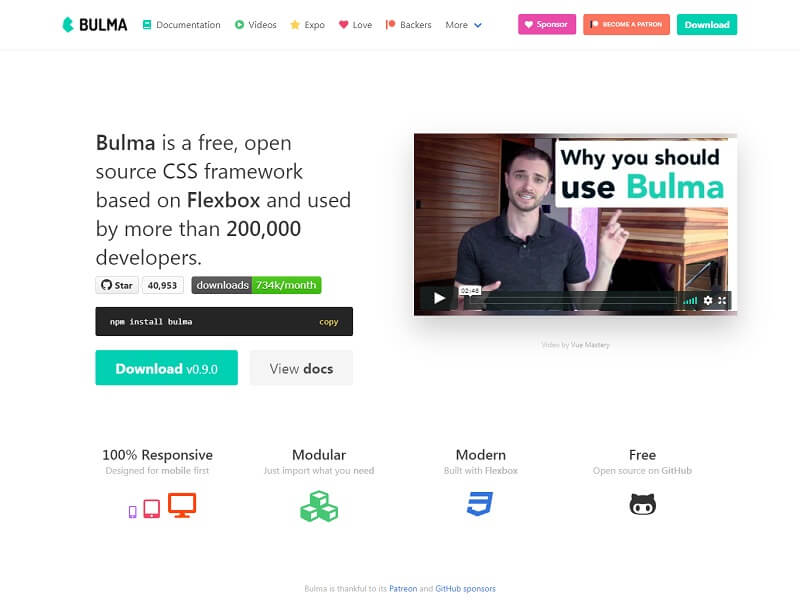

You may need to modify the CSS as you go along. Use a CSS framework, such as BootStrap and pick your favorite design from the samples. It is extremely easy to create one yourself with an imaging tool, such as PhotoShop, Element, Illustrator or even Paint. Be aware of the Intellectual Property Right, do not use any images or graphics unless they are in the public domain. You can also look at the CSS of any website that you find interesting. Pick one that meets your taste to model after.
MOBILE FRIENDLY JUSTIFY TEXT CSS FREE

Basically, what I am saying is to design each of the sections by itself - a "divide and conquer" strategy. #menu tag-name.) for common tags (such as h1, h2, h3, p, a:link, a:visited, a:hover, a:active), in each of the 's. Write the CSS id-selectors and class-selectors (e.g., #header tag-name. Assign a common classname to sections (non-unique) that share the same style (e.g., " entry", " side-note"). Assign an id to that is unique (e.g., " header", " footer". Partition your web page into logical section via (or HTML5', ,, ), such as header, content, footer.Website design begins with CSS, NOT HTML?!. Use a CSS framework, such as BootStrap, to jump-start your design. Take a close look at your favorite websites!!! CSS is humongous and complex! You can't invent this wheel! Use F12 Debugger to inspect HTML/CSS of your favorite websites.How many columns? What are the major sections (e.g., header, navigation menu, main content, sidebar, table of content, footer)? Do you need a navigation menu or panel? What is your theme (colors, fonts)? And so on. Decide on the look and feel of your website. For programmers, Eclipse/NetBeans/VSCode are good choice for HTML/CSS/JavaScript as they perform syntax checking and provide auto-code-complete. Otherwise, find a free source-code editor (such as VS Code, Sublime Text, Sublime Text, NotePad++).



 0 kommentar(er)
0 kommentar(er)
